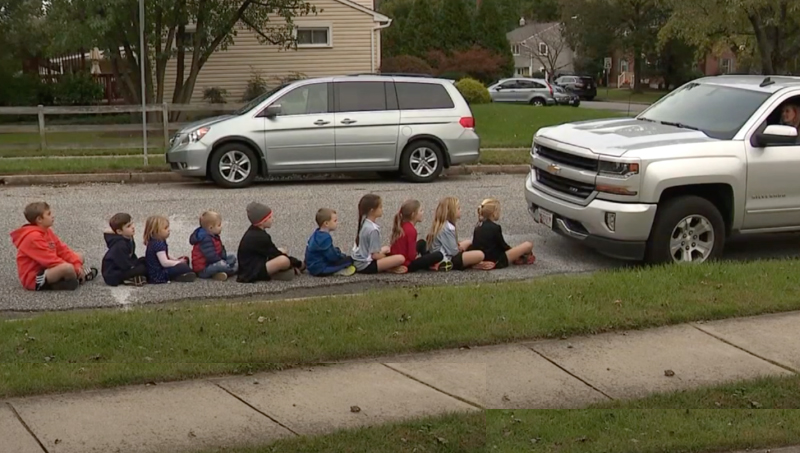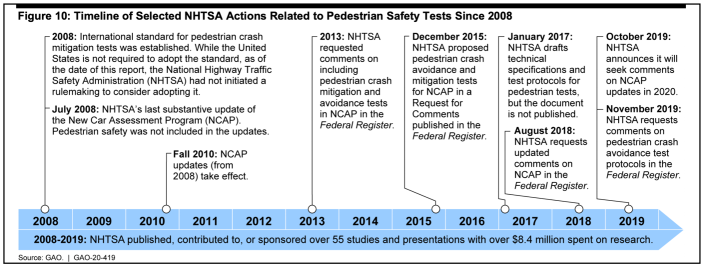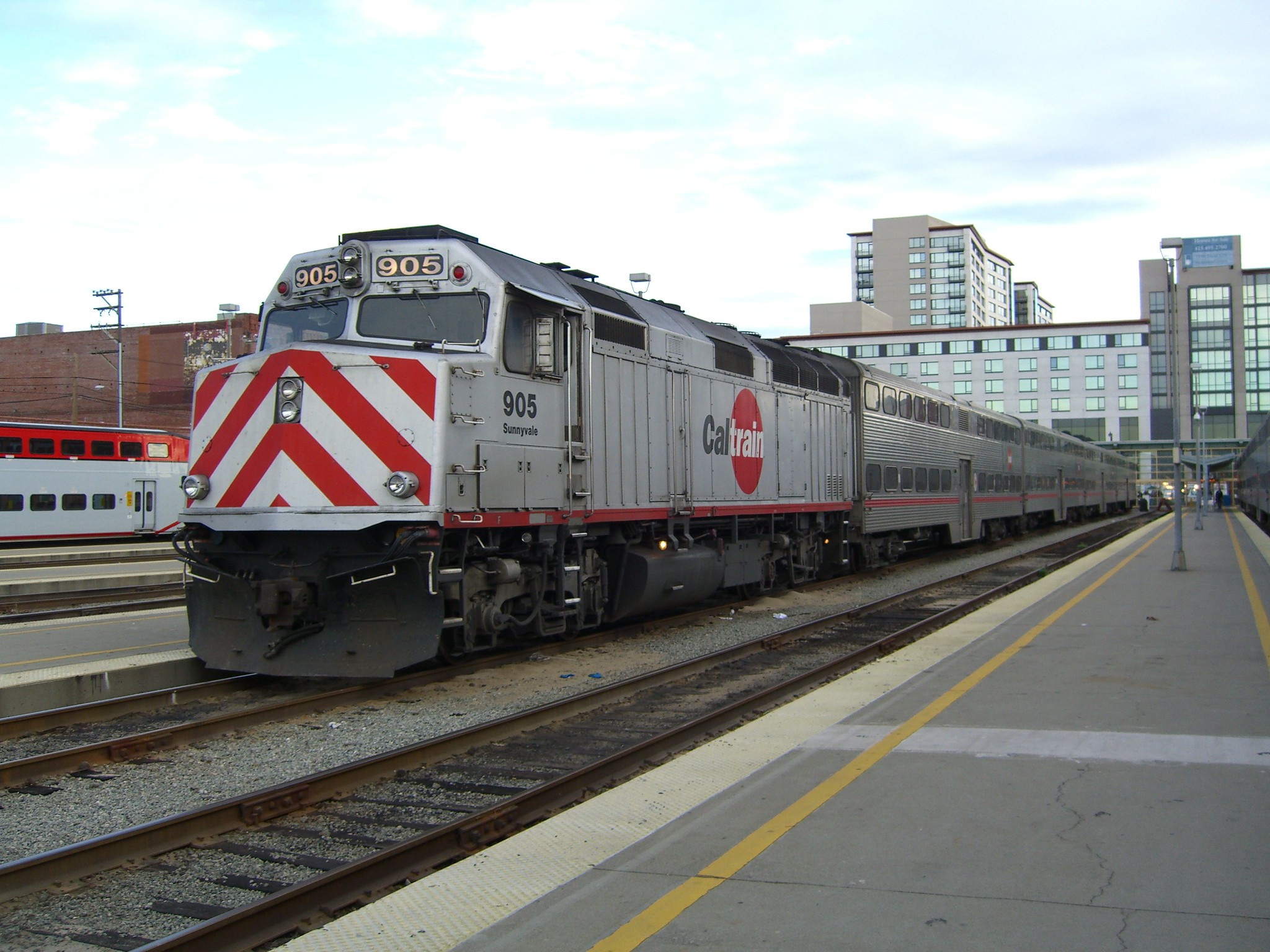A new plan to update federal consumer safety ratings for cars won't do nearly enough to incentivize automakers to build vehicles that are less likely to kill walkers, say advocates, who are urging the Biden Administration to act fast to bring the program up to par with the rest of the world.
Last week, the National Highway Traffic Safety Administration began accepting comments on a slate of proposed updates to the New Car Assessment Program — a consumer advisory effort known colloquially as the "Stars on Cars" program or simply NCAP — which will, for the first time, provide prospective car-buyers insight into how their vehicle choices will impact the safety of pedestrians, cyclists and other people they might hit.
Right now, NCAP exclusively focuses on the safety of vehicle occupants, a status quo that experts say has compelled automakers to armor their cars so heavily that they become deadly to people outside the vehicle. Jack Gillis, executive director of the Consumer Federation of America, points out that "virtually every" new vehicle today receives the agency's highest possible rating, because automakers design their vehicles to ace NHTSA's tests.
"To overcome ‘starflation’ and give consumers the information they need to buy a car that protects both their families and pedestrians, NHTSA needs to add more precision to reporting crash test results so consumers can truly separate the lemons from the peaches," Gillis said in a statement. "Providing comparative performance information will set the carmakers on a path to competing for the top safety ratings. It’s happening everywhere else; why not in the USA?”
Advocates particularly hoped the new Stars on Cars update would prompt NHTSA to would finally do something to address the nation's rapidly escalating megacar crisis, which reached new heights when SUVs, pick-ups and other big, heavy automobiles claimed a staggering 78 percent of the market last year.
Such vehicles, which the feds collectively call "light trucks," consistently rate highly on existing NCAP tests, but are two to three times more likely to kill a walker in the event of a crash than smaller models, mostly thanks to their weight, height, and typically aggressive front-end vehicle design — all of which inflict more damage on the internal organs, heads and necks of walkers than lighter, lower-profile cars, which are more likely to strike a pedestrian's lower extremities.
The new NCAP update, though, will focus less on making body designs smaller and more friendly to walkers, and more on adding automated safety technologies that don't cut into the stratospheric profits automakers enjoy when they sell big vehicles. The agency says it will recommend that all new cars come equipped with automatic blind spot detection, blind spot intervention, lane keeping support, and pedestrian automatic emergency braking — four safety countermeasures that advocates welcome, but that don't address the inherent safety problems of super-sized SUVs and trucks.
Automatic emergency braking, in particular, is known to fail in inclement weather and on roads without streetlights, leaving walkers vulnerable to devastating injuries when fallible technology is attached to megamobiles.
And even when NHTSA begins ranking the efficacy of such advanced driver assistance systems — another action the agency plans to undertake — it did not commit to using biofidelic crash test dummies that mimic the proportions and physiology of diverse body types. Advocates say that whether they're inside or outside the car, cisgender women and nonbinary people assigned female at birth are significantly more likely to die in crashes because federal regulators mostly use "male-scale" dummies to rate vehicle safety.
Here's the good news: NHTSA isn't totally ignoring the megacar crisis in its proposed rule making.
Buried 165 pages into the 256-page proposal is a brief mention of the agency's "plans to propose a crashworthiness pedestrian protection testing program in NCAP in 2022," which NHTSA says would mimic Europe's three-point testing model which measures the damage caused to walkers' bodies when struck at various levels.
The agency has made that exact promise before, though, and failed to deliver — and if it punts again, it could be years before NHTSA gets another opportunity to save pedestrian lives.
"It sounds great, but we’re all just hoping it happens on that timetable," said Michael Brooks, acting executive director for the Center for Auto Safety. "What if we have a change of administration in three years and someone turns NHTSA switch back to off, which is what happened last time? That’s the real question: can they get enough done right now at NHTSA to ensure these safety advancements actually make it into new cars?"
Even if NHTSA does make good on its promise, it still wouldn't obligate automakers to actually scale down their biggest vehicles, which would require an update to federal motor vehicle safety standards themselves. The agency has less flexibility to change those quickly, and Brooks says that data gathered from NCAP tests can help NHTSA make the case for auto safety requirements with real teeth.
That means it's critical that regulators overhaul the Stars on Cars program now — even if it's not clear that megacar-crazy U.S. motorists will actually buy the cars that earn the best pedestrian safety ratings.
"If a car gets five stars for occupant safety, but just one star for pedestrian safety — I really wonder how much people will care about that," he added. "But it's probably better than nothing, which is what we have. I mean, right now, somebody can buy their 10,000 pound electric Hummer with a battery that weights more than my sedan, and they have no idea why that might be a problem. If folks don't understand now, maybe a one star pedestrian protection rating might help them get it."
NHTSA is accepting comments on their new proposal now. See pages 196-197 for instructions on how to submit yours.






